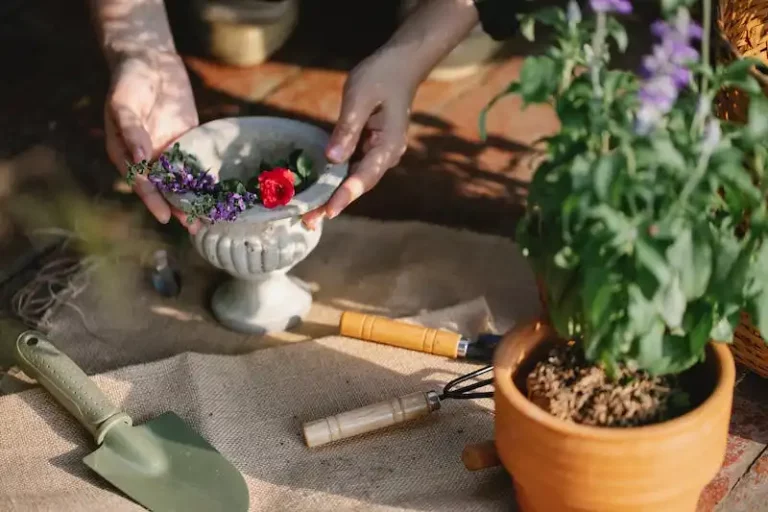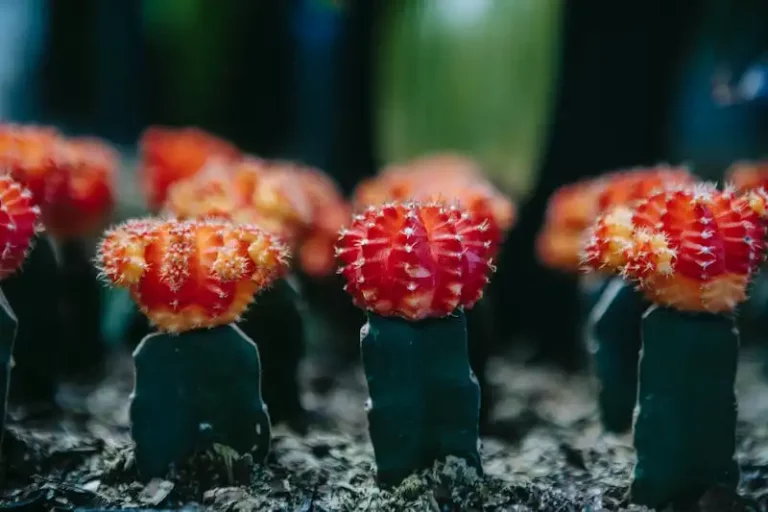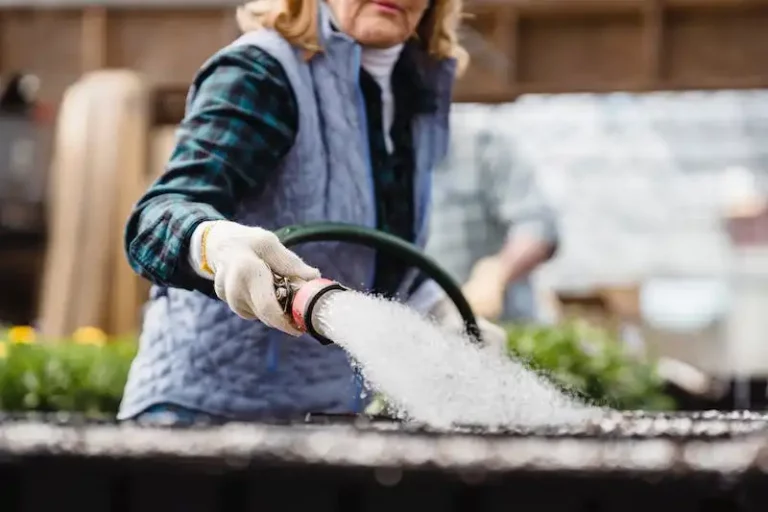The edible pumpkin is not just a decoration or a symbol of Halloween, it is actually something you can enjoy as a delicious and nutritious food. While most people associate pumpkins with sweet treats like pie or muffins, there are actually many different ways to prepare and enjoy this versatile vegetable. From soups and stews to oven-roasted dishes and even desserts, pumpkins can be used in a variety of savory and sweet recipes.
There are several types of edible pumpkins, each with its own unique flavor and characteristics. The most common variety is the orange jack-o-lantern pumpkin, but there are also other types like the kabocha pumpkin, which is a little sweeter and has a more intense flavor. You can use these pumpkins in both sweet and savory dishes, making them the perfect ingredient for any meal.
When it comes to preparing a pumpkin for cooking, there are a few different methods you can try. One popular method is to cut the pumpkin in half, scoop out the seeds and stringy parts, and roast it in the oven. Another option is to peel the pumpkin and cut it into cubes, which can then be boiled or steamed until soft. Whichever method you choose, the flesh of the pumpkin can be pureed or mashed and used in a wide variety of recipes.
Pumpkins are not only tasty, but also packed with nutrients. They are a great source of vitamins A and C, as well as fiber, potassium, and antioxidants. They are also low in calories, making them a healthy choice for those watching their weight. Plus, pumpkins are related to other fruits like melons and cucumbers, which means they also have some similar health benefits.
When it comes to storing pumpkins, there are a few things to keep in mind. Whole pumpkins can be stored in a cool, dry place for several months, while cooked pumpkin can be kept in the refrigerator for up to a week. You can also freeze pumpkin puree or roasted pumpkin cubes for longer storage. Just be sure to remove any excess moisture before freezing to prevent freezer burn.
Best Edible Pumpkins for Baking and More
When it comes to edible pumpkins, there are a variety of options that can be used in baking and other culinary endeavors. Whether you’re looking for a pumpkin to carve into a lantern or use as a decorative bowl, or you want a pumpkin with tasty flesh for cooking, there’s a pumpkin out there to suit your needs. Here are some of the best edible pumpkins to consider:
- Fordhook Acorn: This pumpkin has a unique shape and bright orange color. Its flesh is sweet and smooth, making it perfect for baking.
- Kabocha: With its dense, sweet flesh, the Kabocha pumpkin is a popular choice for baking. It has a nutty flavor and is often used in savory dishes as well.
- Porcelain Doll: This new hybrid pumpkin has a vibrant pink color and a sweet, tender flesh. It’s often used in pies and other sweet treats.
- Jarrahdale: With its blue-green skin and deep orange flesh, the Jarrahdale pumpkin is not only beautiful to look at, but it also has a mild and sweet flavor. It’s perfect for roasting or making soups.
- Lumina: This pumpkin is strikingly white, both inside and out. Its flesh is tender and sweet, making it a great choice for baking. The white color also makes it a perfect canvas for creative dishes.
- Rouge Vif d’Etampes: Also known as the Cinderella pumpkin, this French heirloom variety is known for its deep red-orange color and sweet flesh. It’s often used in traditional French recipes, like the famous pumpkin soup.
- Boer: This pumpkin has a unique, bumpy exterior and bright white flesh. It’s often used in African and Caribbean cuisines, and its mild flavor makes it versatile for both sweet and savory dishes.
These are just a few examples of the many edible pumpkins available. Whether you’re growing your own or selecting pumpkins at a farmers market, consider the taste and texture of the flesh, as well as the color of the skin, when making your choice. Many edible pumpkins have seeds that can be roasted and enjoyed as a snack. The flesh of these pumpkins can be used in a variety of recipes, from pies and muffins to soups and stews. They’re a great way to add flavor, color, and health benefits to your dishes.
Are All Pumpkins Edible
Are all pumpkins edible? Well, the short answer is yes! While not all pumpkins are delicious to eat, technically speaking, all pumpkins are edible. However, there are certain types of pumpkins that are more commonly used for cooking and eating.
When we think of pumpkins, the first thing that comes to mind is usually the large orange ones used for Halloween decorations. These pumpkins are primarily grown for their decorative purposes, and their flesh is not very tasty. These are called carving pumpkins or jack-o’-lantern pumpkins. It is not recommended to eat their flesh as it is typically quite watery and dull in flavor. However, the seeds of carving pumpkins can be roasted and enjoyed as a snack.
On the other hand, there is a wide variety of pumpkins that are specifically bred for their culinary qualities. These edible pumpkins come in all shapes, sizes, and colors. Some of the popular types include sugar pumpkins, pie pumpkins, Jarrahdale pumpkins, and blue pumpkins. These pumpkins have a sweeter and more flavorful flesh, making them perfect for making soups, pies, and other delicious dishes. They also tend to have a denser, less watery texture.
When it comes to selecting an edible pumpkin, there are a few key things to look for. First, you want to make sure the pumpkin feels heavy for its size. This indicates that it has a higher flesh-to-seed ratio, meaning there is more edible “meat” inside. The skin should be firm and free of blemishes or soft spots.
To prepare an edible pumpkin for cooking, you can start by washing it and cutting it in half. Scoop out the seeds and save them for roasting if desired. Then, you can bake the pumpkin halves in the oven until the flesh is soft and easily scoopable. Many recipes call for pureed pumpkin, which you can achieve by blending or mashing the cooked flesh.
Pumpkins, like other winter squash, are a great source of vitamins and nutrients. They are rich in vitamins A and C, as well as potassium and fiber. The seeds of pumpkins are also highly nutritious, packed with protein, fiber, and healthy fats.
So, the next time you are at the grocery store or farmers market, don’t hesitate to pick up an edible pumpkin. There are lots of delicious recipes you can make with them, from pies and soups to roasted pumpkin seeds. And if you find yourself with a giant pumpkin, don’t let it go to waste! You can use it as a unique serving dish or even make an incredible pumpkin lantern.
In conclusion, while all pumpkins are edible, not all pumpkins are delicious. It’s best to stick to the culinary varieties if you’re looking to make something for the dinner table. Experiment with different types and recipes, and enjoy the wonderful flavors that edible pumpkins have to offer!
Best Pumpkins for Eating
When it comes to selecting pumpkins for eating, there are plenty of options to choose from. While most people associate pumpkins with Halloween decorations or pumpkin spice lattes, some pumpkins are actually better suited for cooking and consuming.
One always popular variety is the hulless or “naked” pumpkin. As the name suggests, these pumpkins have thin, edible skin that can be easily removed. This makes them ideal for pureeing, as there’s no need to peel them beforehand.
Another great variety is the white pumpkin. Known for their cream-colored skin and mild flavor, these pumpkins are excellent for making soups, stews, and even desserts. The white pumpkin’s flesh is tender and sweet, making it a delicious addition to any dish.
If you’re looking for a smaller pumpkin, consider the “fairytale” pumpkin or the “sugar pie” pumpkin. Both of these varieties are known for their small size and smooth texture. They are perfect for making pies, cookies, and other baked goods.
In addition to these specific varieties, many other types of pumpkins can be enjoyed as well. The popular “Cinderella” pumpkin, with its flat shape and beautiful orange color, is great for pureeing into soups or roasted for a savory side dish. The “Porcelain Doll” pumpkin, with its pinkish hue, is a beauty to behold and tastes just as good when roasted or made into a creamy pumpkin soup.
When it comes to eating pumpkins, there are many benefits to be had. Pumpkins are rich in vitamins and antioxidants, making them a healthy addition to your diet. They are also a great source of fiber and can help regulate digestion.
In terms of storing pumpkins for eating, it’s important to keep them in a cool, dry place. This will help them last longer and maintain their flavor. If you’re using pumpkins for pureeing, it’s best to cook them before storing them. Once cooked, simply scoop out the flesh and puree it in a blender or food processor. The puree can then be stored in the fridge or freezer for later use.
So the next time you’re at the pumpkin patch, don’t just think of carving pumpkins or making pumpkin pie. Consider selecting a pumpkin with the intention of enjoying it in a savory dish or dessert. With the wide variety of pumpkins available, you’re sure to find one that suits your taste buds and culinary needs.
Best Pumpkins for Pie
When it comes to making a delicious pumpkin pie, not all pumpkins are created equal. Some pumpkins are better suited for baking and have a sweeter flavor, making them the perfect choice for your pie recipes. Here are some of the best pumpkins to use:
- Sugar Pumpkins: These small, round pumpkins are the most popular choice for making pumpkin pie. They have a sweet and creamy flesh that cooks up perfectly. Look for sugar pumpkins at your local grocery store.
- Kabocha Pumpkins: Kabocha pumpkins are another great option for pie-making. They have a bright green skin and a sweet, nutty flavor. You can find kabocha pumpkins at specialty grocery stores.
- Jarrahdale Pumpkins: These unique pumpkins have a beautiful silvery-blue skin and a sweet, orange flesh. They are a hybrid variety and are perfect for making pies.
If you can’t find any of the above pumpkin types, you can still make a delicious pie using other edible pumpkins. While their flavor may not be as sweet, you can make up for it by adding more sugar to your pie recipe.
When preparing your pumpkins for baking, start by cutting them in half and removing the seeds and stringy parts. Place the pumpkin halves on a baking sheet lined with foil and roast them in a preheated oven at 375°F (190°C) until they are fork-tender. This usually takes about 45-60 minutes.
Once the pumpkins are done roasting, allow them to cool before scooping out the flesh and pureeing it in a food processor or blender until smooth. This pumpkin puree can be used in all of your favorite pie recipes.
Whether you’re using sugar pumpkins, kabocha pumpkins, jarrahdale pumpkins, or any other edible pumpkin, your pie is sure to turn out delicious. Just remember to store any leftover pumpkin puree in an airtight container in the refrigerator for up to 5 days, or freeze it for longer storage.
So the next time you’re in the grocery store, pick up the best pumpkin for your pie and enjoy!




